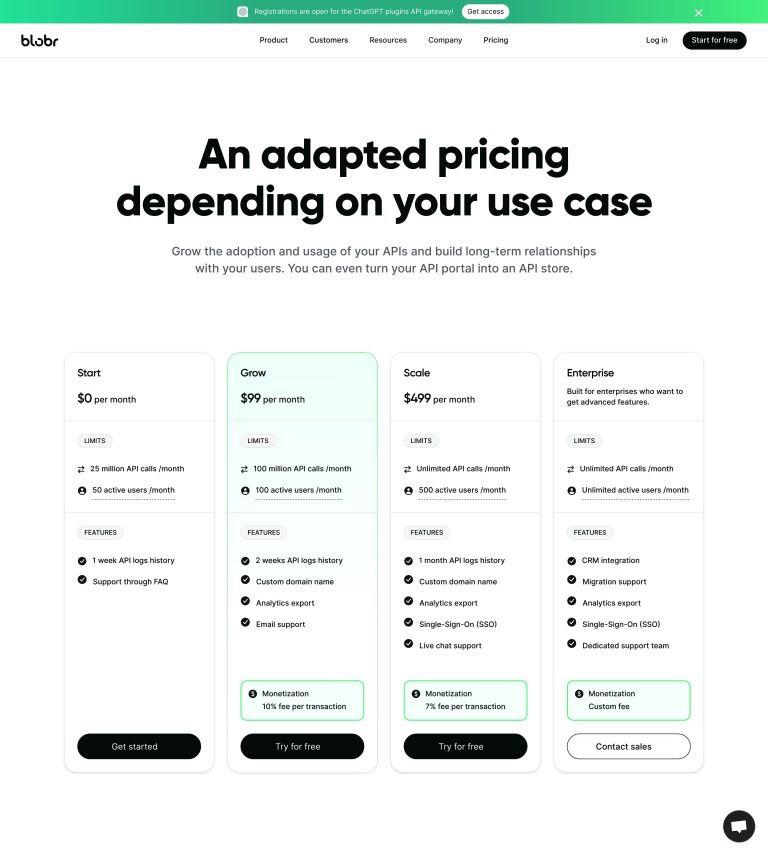In today’s interconnected world, businesses are no longer confined to their local markets. With the rise of e-commerce, digital marketing, and global supply chains, companies must navigate a complex web of cultures, languages, and consumer expectations. This is where cultural localization comes into play—a strategic approach that goes beyond simple translation to ensure that content, products, and services resonate authentically with diverse audiences.
Cultural localization is not just about adapting language; it’s about respecting and integrating the values, customs, and norms of different cultures. For global brands, this means crafting messages, visuals, and experiences that feel native and relevant to each market they enter. In this article, we’ll explore the importance of cultural localization, how it impacts brand success, and the strategies that can help businesses thrive in a multicultural landscape.
What Is Cultural Localization and Why It Matters
Cultural localization refers to the process of adapting a product, service, or message to align with the cultural, linguistic, and social norms of a specific region or audience. It involves more than just translating text—it includes adjusting imagery, color schemes, symbols, humor, and even gestures to ensure that the content is culturally appropriate and resonates with the target audience.
This practice is crucial for global brands because it helps them avoid cultural missteps that could damage their reputation or alienate potential customers. A well-localized campaign can build trust, foster loyalty, and drive engagement, while a poorly localized one can lead to confusion, offense, or even backlash.
For example, consider the case of McDonald’s. While its golden arches are instantly recognizable worldwide, the menu varies significantly from country to country. In India, for instance, the menu features vegetarian options like the McAloo Tikki Burger, reflecting local dietary preferences. Similarly, Coca-Cola’s “Open Happiness” campaign uses universal themes of joy and connection, making it relatable across different cultures.
These examples highlight how cultural localization allows brands to maintain their core identity while adapting to local tastes and expectations. It’s a delicate balance between consistency and customization.
How Cultural Localization Impacts SEO and Digital Marketing
In the realm of digital marketing, cultural localization plays a vital role in search engine optimization (SEO) and user engagement. Search engines like Google prioritize content that is relevant, authoritative, and aligned with the user’s intent. When a brand localizes its content, it increases the chances of appearing in local search results, improving visibility, and driving organic traffic.
Moreover, culturally relevant content tends to perform better in terms of engagement metrics such as dwell time, bounce rate, and click-through rate (CTR). Users are more likely to stay on a website or interact with a social media post if the content feels familiar and respectful of their cultural context.
For instance, using the right color schemes, symbols, and visual elements can make a significant difference in how users perceive a brand. In some cultures, certain colors may carry specific meanings—red might symbolize luck in China, while it could represent danger in Western countries. Understanding these nuances helps brands create content that is both visually appealing and culturally sensitive.
Additionally, cultural localization supports multilingual SEO efforts. By tailoring content to specific languages and dialects, brands can optimize their websites for local search queries, improving their chances of ranking higher in regional search results.
Step-by-Step Implementation Framework for Cultural Localization
Implementing a successful cultural localization strategy requires a structured approach. Here’s a step-by-step guide to help you get started:
-
Define Your Target Markets
Begin by identifying the regions or cultures you want to enter. Consider factors such as language, demographics, and cultural norms. Use tools like Google Analytics or social media insights to gather data on your potential audience. -
Conduct Thorough Research
Immerse yourself in the target culture by studying its values, beliefs, and social practices. This includes understanding local customs, taboos, and communication styles. Engage with local experts or hire cultural consultants to gain deeper insights. -
Adapt Visual Elements
Review your branding, website design, and marketing materials to ensure they align with local aesthetics. This includes adjusting color schemes, typography, and imagery to reflect cultural preferences. Avoid using symbols or gestures that may be offensive in certain contexts. -
Localize Language and Tone
Translate your content accurately, but also adapt the tone and style to match local communication norms. For example, formal language may be preferred in some cultures, while a more casual tone may resonate better in others. -
Test and Refine
Before launching your localized content, conduct A/B testing to see how different versions perform. Gather feedback from local users and refine your approach based on their responses. -
Monitor and Optimize
Continuously track the performance of your localized content using analytics tools. Look at metrics such as engagement, conversion rates, and user behavior to identify areas for improvement.
Real-World Case Study: IKEA’s Global Success Through Cultural Localization
IKEA is a prime example of a brand that has successfully leveraged cultural localization to expand its global presence. While the company’s iconic flat-pack furniture is consistent worldwide, its marketing and product offerings are tailored to suit local preferences.
For instance, in Japan, IKEA offers smaller-sized furniture to accommodate compact living spaces. In the Middle East, the brand adjusts its product displays to reflect local decor trends and religious customs. Additionally, IKEA’s catalogs feature images and layouts that resonate with the target audience, ensuring that the content feels authentic and relatable.
This attention to cultural details has helped IKEA build a strong brand presence in over 50 countries. By respecting local customs and adapting its offerings accordingly, the company has established itself as a trusted and familiar name in diverse markets.
Tools and Techniques for Effective Cultural Localization
To streamline the cultural localization process, businesses can leverage a variety of tools and techniques:
- Google Translate: Useful for basic translations, but should be supplemented with professional human review.
- DeepL: Known for its accurate and natural-sounding translations, especially for European languages.
- Lokalise: A platform that helps manage multilingual content and facilitates collaboration between translators and developers.
- Crowdin: Offers real-time translation management and supports multiple file formats, making it ideal for large-scale projects.
- Hemingway Editor: Helps simplify complex text to ensure clarity and readability across different cultures.
- Cultural Consultants: Hiring local experts can provide invaluable insights into cultural nuances and help avoid potential missteps.
By combining these tools with a deep understanding of the target culture, brands can create content that is both effective and respectful.
Future Trends and AI Implications
As technology continues to evolve, the role of artificial intelligence (AI) in cultural localization is becoming increasingly significant. AI-powered translation tools can now handle complex language structures and idioms with greater accuracy. However, these tools still require human oversight to ensure that the content is culturally appropriate and free from bias.
Looking ahead, AI will play a key role in automating parts of the localization process, such as identifying cultural references, analyzing sentiment, and optimizing content for different platforms. Brands that embrace these advancements while maintaining a human-centric approach will be better positioned to succeed in the global marketplace.
Key Takeaways
- Cultural localization is essential for global brands to connect authentically with diverse audiences.
- Respecting cultural norms helps avoid misunderstandings and builds trust with local consumers.
- Effective localization requires research, adaptation, and continuous refinement to meet the unique needs of each market.
- Tools and techniques such as translation platforms and cultural consultants can support the localization process.
- Future trends like AI-driven localization will continue to shape how brands engage with global audiences.
As the world becomes more interconnected, the ability to navigate cultural differences will be a key differentiator for brands. By investing in cultural localization, businesses can unlock new opportunities, strengthen their global presence, and create meaningful connections with customers around the world.
Meta Title: Understanding Cultural Localization: Why It Matters for Global Brands
Meta Description: Learn how cultural localization helps global brands connect with diverse audiences and avoid cultural missteps. Discover the importance of respecting local norms and traditions.
SEO Tags (5): cultural localization, global branding, cultural adaptation, international marketing, brand expansion
Internal Link Suggestions: [Parameter #14: Localization & Multilingual Readiness], [Parameter #8: Content Gap Filling], [Parameter #13: Evergreen & Fresh Balance]
External Source Suggestions: https://www.coca-cola.com, https://www.mcdonalds.com, https://www.ikea.com









